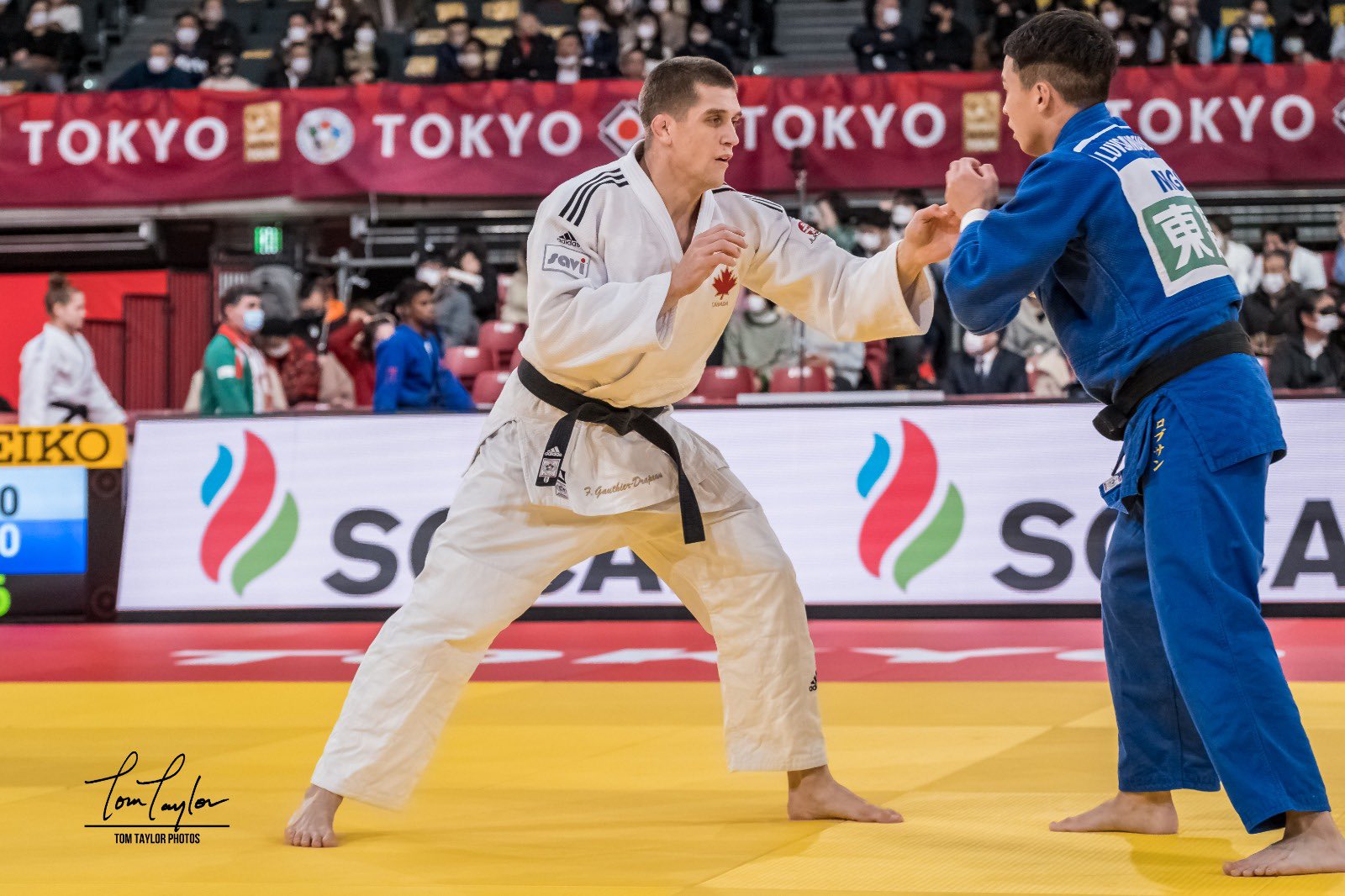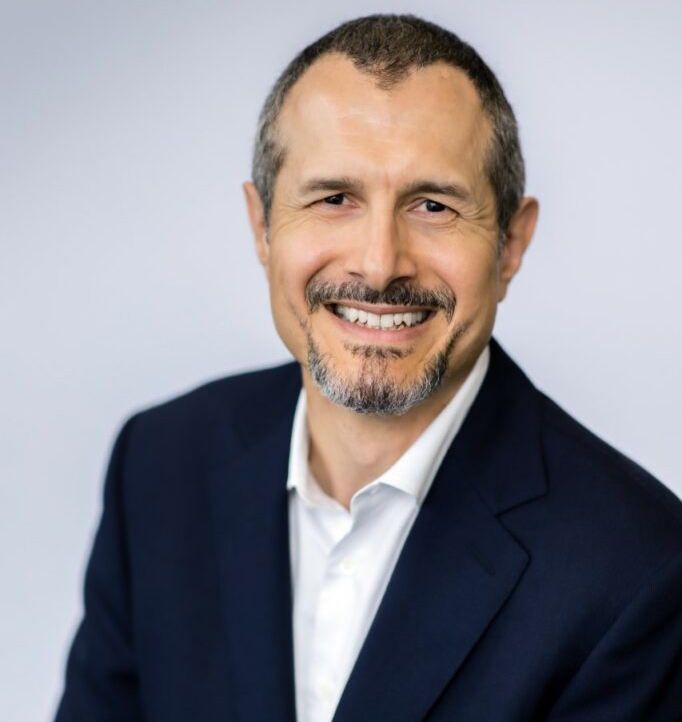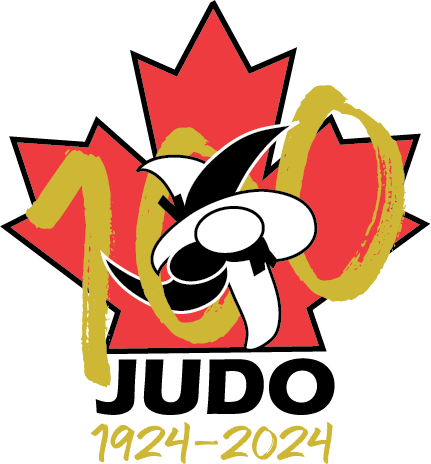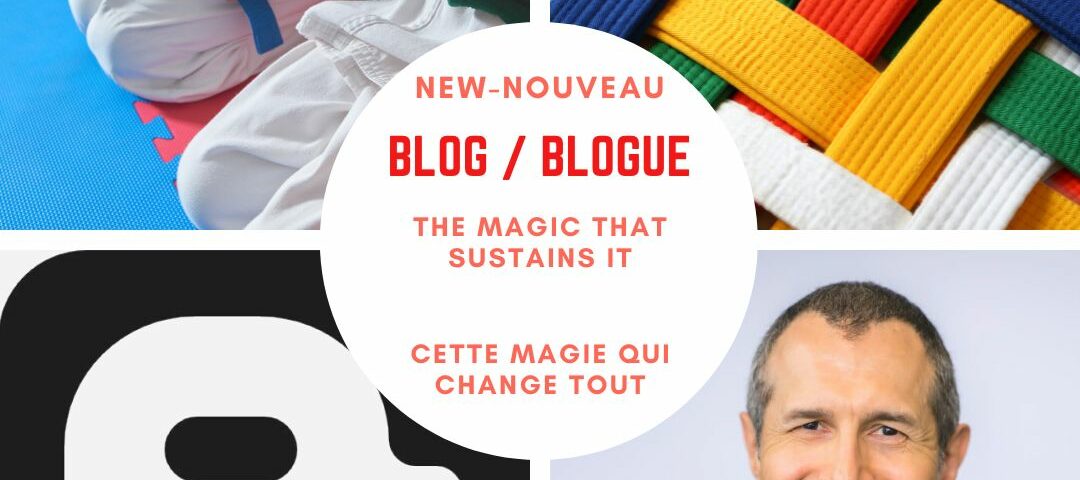
Michelle Jorgensen Fifth in Challenging Tournament
9 November 2022
Best Canadian, François Gauthier-Drapeau Finishes Fifth in Taxing Tournament
3 December 2022
Bernard Letendre
As I wrote here a few years ago, our judo club is a fully volunteer organization that has been operating without interruption for well over forty years. Then the pandemic hit and we were off the mats for two full years. Would our club survive this?
Fast forward a few more months and the mats are now teeming with members old and new. Our club has not only survived but is on the verge of recapturing much of what had been lost. The reason? A small, passionate team of volunteers that simply wouldn’t have it any other way.
Learning judo is a group experience: you participate in a physical activity surrounded by others who are at various stages in their own development. Most students show up for class, leave when it’s done, and that’s that. Their presence is incredibly appreciated, and they are essential to the club’s wellbeing. But they are there as individuals, for their own personal reasons, and their involvement stops when they bow off the mats. Like everyone else, that’s how I got started many decades ago.
Some students eventually get on a path to something very different. Perhaps one day they ask us if we could use some help with the beginners’ class. Perhaps they offer to organize a social activity. They start showing up early to set up the room before workouts, and stick around after classes to help with various matters. Some of them volunteer for roles like Club President, Treasurer, or Communications Officer, and some may eventually become instructors.
Somewhere along this journey, they have decided that our club matters deeply to them. They have internalized our culture and our values, and work to perpetuate them. They have figured out how they can help and stepped up to do so, each in their own way. Together, we are the team that ensures that our club will be there for future generations – as others have done before us. But at some point in the past, they – we – were all beginners trying to learn how to tie our belts.
For me, a key learning from working with groups and teams in the dojo has to do with the importance of creating the kind of environment that is essential for people to grow and develop into their full potential, wherever they start from, and whatever form that full potential may eventually take. In this respect, the start of a new beginners’ class is especially instructive. Students come to us from many countries and cultures, and with many different backgrounds. Classes are co-ed and for some beginners, that can be uncomfortable. Physical injury is possible. The skills that need to be developed are new and complex. Getting through this requires, from all participants, real generosity and a true growth mindset.
For members of our team, part of making all of this work – of creating and holding the space required for the magic to happen – involves what Peter Hawkins describes as “taking leadership with appropriate authority, presence and impact” (Hawkins, 2017, p. 264). But as Christine Thornton points out, this needs not be an intrusive process (Thornton, 2019, p. 327). This kind of light approach is very much in the spirit of “Ju” (as in Judo), which “is natural and free, without rigidity or hardness” (Mifune, 2004, p. 23). Holding the space, but as gently as possible, is key to optimal group, team, and individual outcomes.
What needs to be projected, in my experience, is a quiet confidence, light and approachable, backed up by a steadfast adherence to some principles – like respect, politeness, and mutual respect (the communication of which must go beyond words). The actual “doing” that this involves is pretty unremarkable: small things like always behaving in a dignified way, calling out unacceptable or improvable behavior without fail and in the moment (but always without shaming), making room for everyone, giving attention to everyone, reinforcing desired behaviors, keeping it fun, etc.
Creating the right kind of environment for groups, teams, and individuals to learn and thrive must be one of the most important things that I’ve had the fortune to see modeled by some remarkable people over the years. The result of their good work is that our club, so many decades on, continues to thrive despite everything that has happened. A great example of the kind of magic that can happen when people are offered the kind of supportive environment that allows them to have a positive impact on others.
References
Hawkins, P. (2017). Chapter 14 – Developing as a Team Coach. Leadership Team Coaching. Developing collective transformational leadership (3rd ed). London: Kogan Page, pp 256-273.
Mifune, K. (2004). The Canon of Judo: Classic Teachings on Principles and Techniques. Translated by Françoise White. Tokyo, Kodansha International, 224 pages.
Thornton, C. (2019). Chapter 22: Making of a Team Coach. In Clutterbuck, D., Gannon, J., Hayes, S., Iordanou, I., Lowe, K., MacKie, D. (Eds.). The Practitioner’s Handbook of Team Coaching. New York: Rutledge, pp 213-217, page 327.






